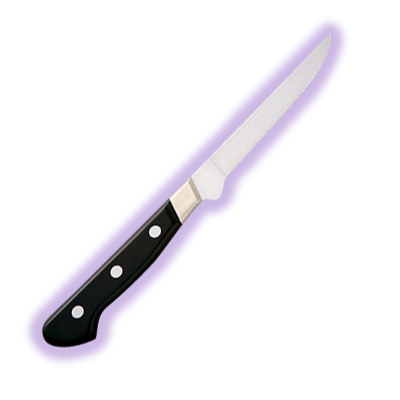Boning knife Selections
-
On Sale

-
On Sale

-
On Sale

-
On Sale
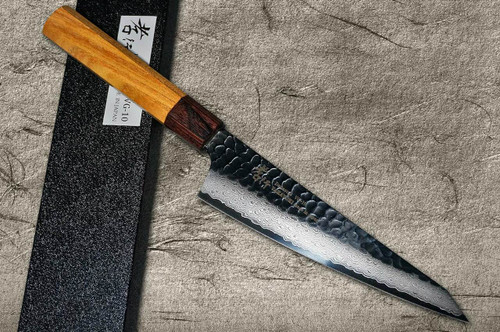
-

-
On Sale

-
On Sale
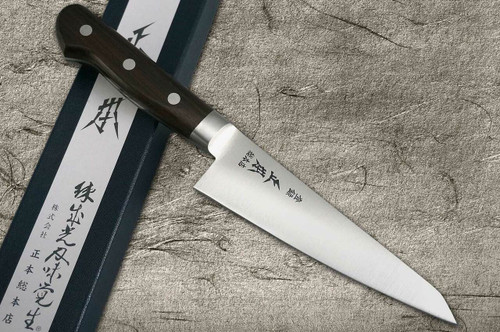
-
On Sale

-
On Sale

-
On Sale

-
On Sale

-
On Sale

-
On Sale
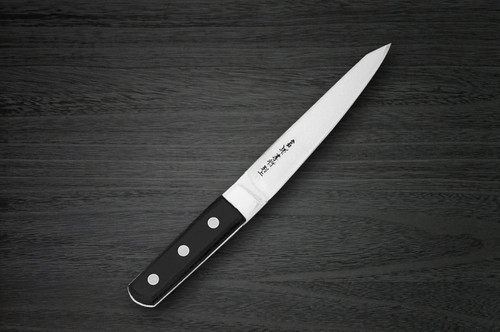
-
On Sale
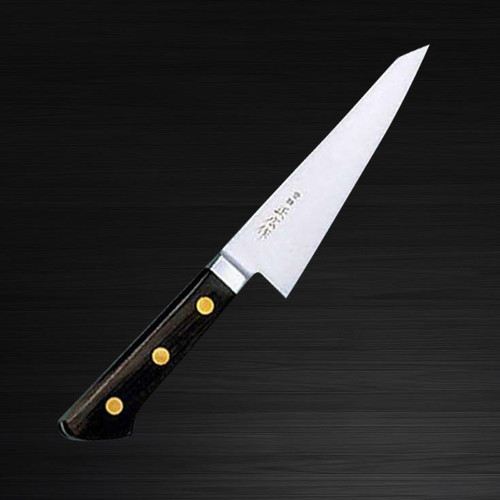
-
On Sale

-
On Sale

-
On Sale

-
On Sale

-
On Sale
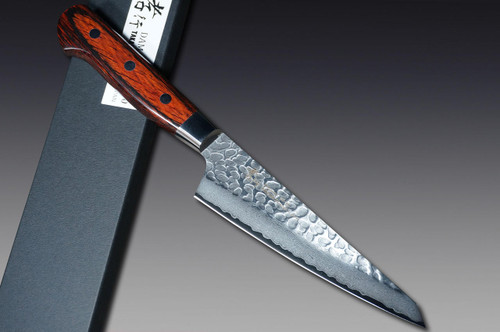
-

-
On Sale
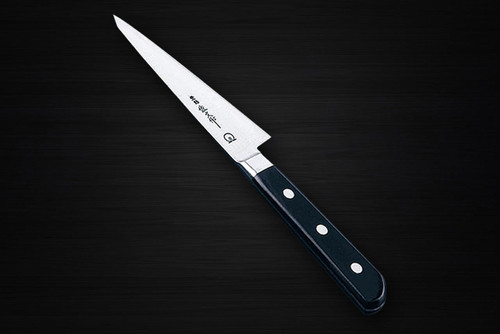
-
On Sale

-
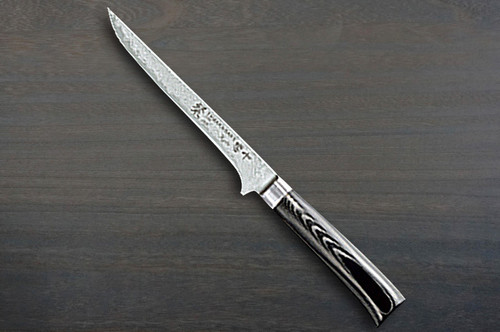
-
On Sale
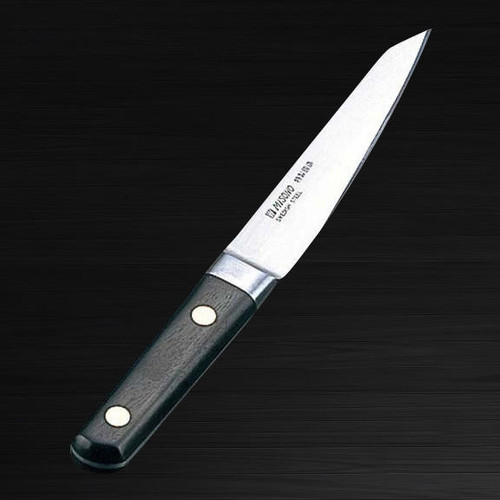
-
On Sale

-
On Sale
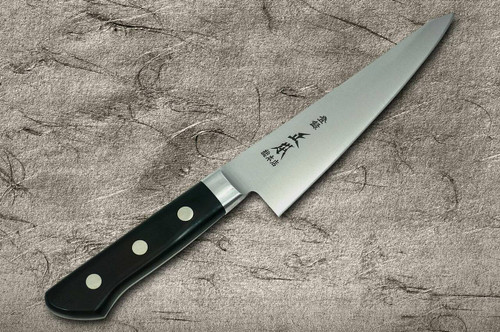
-
On Sale

-
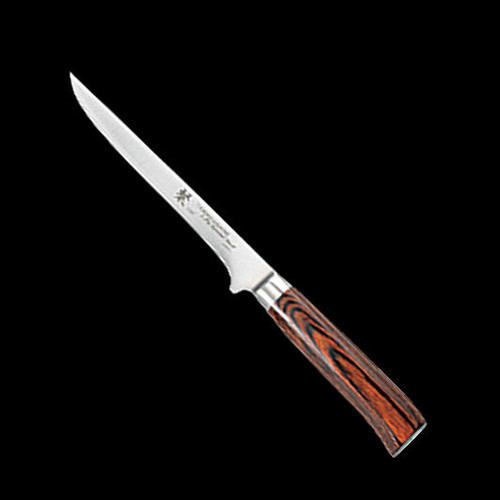
-
On Sale

-
On Sale
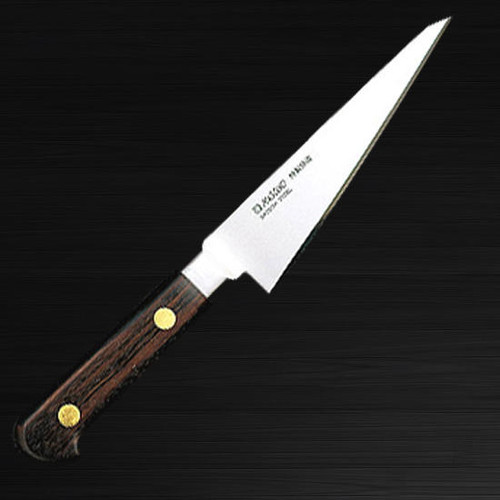
-

-
On Sale
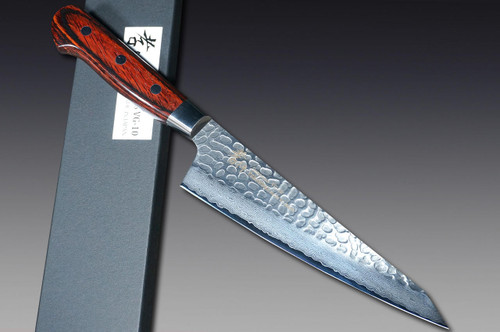
-
On Sale

-
On Sale

-
On Sale
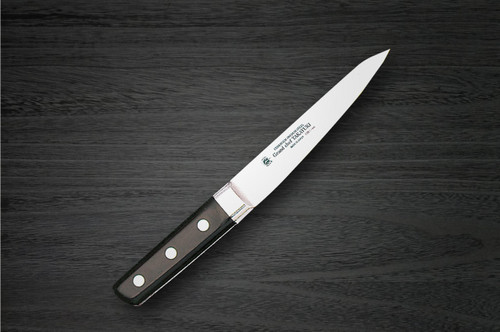
-
On Sale

-
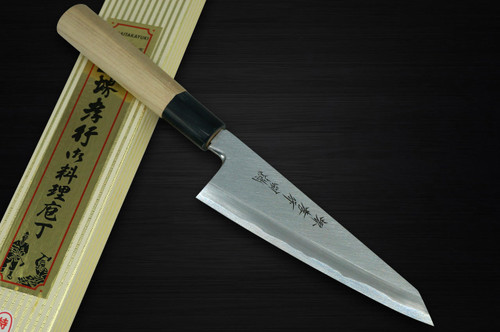
-
On Sale

-
On Sale

-
On Sale
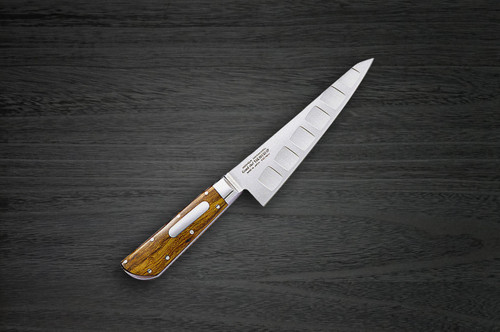
-
On Sale

-
On Sale
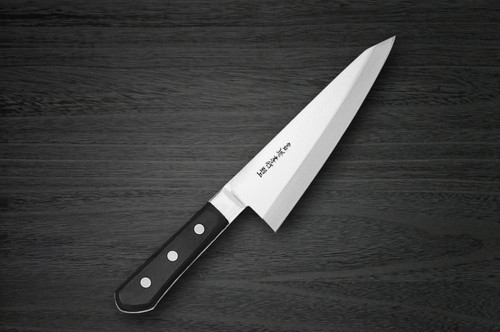
-
On Sale
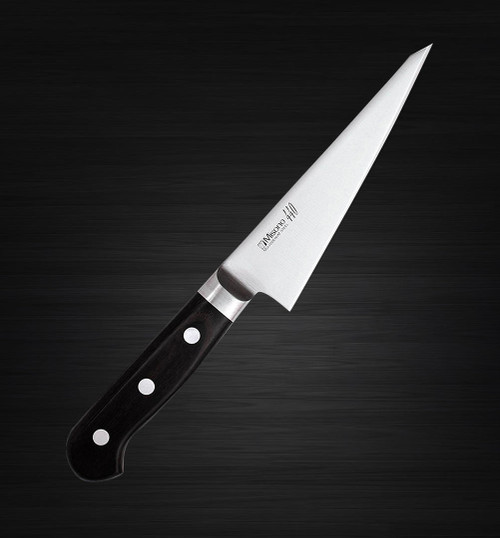
-
On Sale
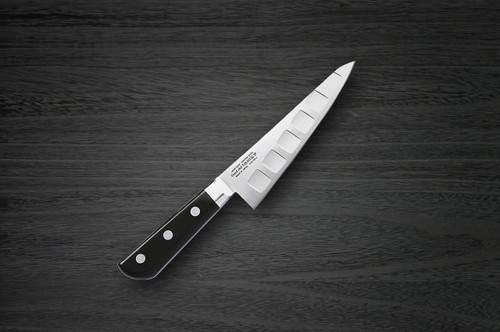
-
On Sale

-
On Sale

-
On Sale

-
On Sale
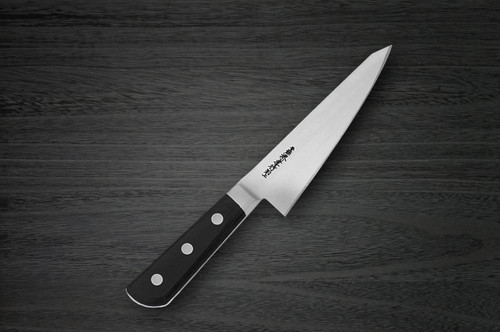
-
On Sale

-
On Sale

-
On Sale

-
On Sale

-
On Sale
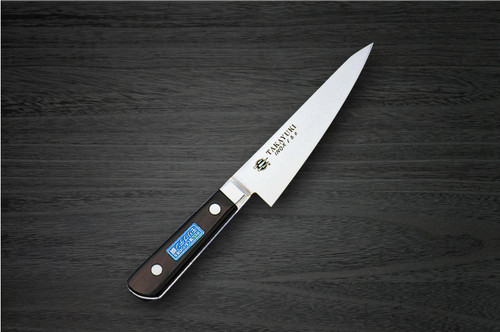
-
On Sale

-
On Sale
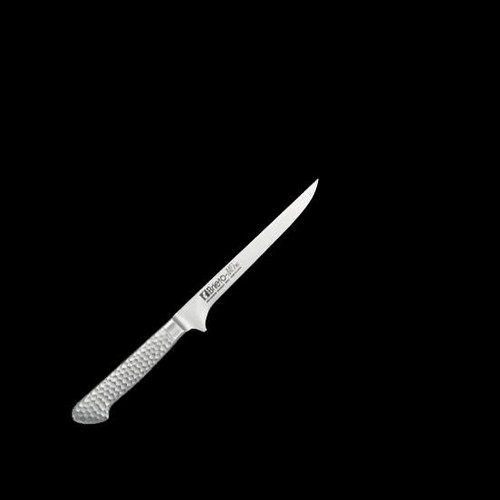
-
On Sale
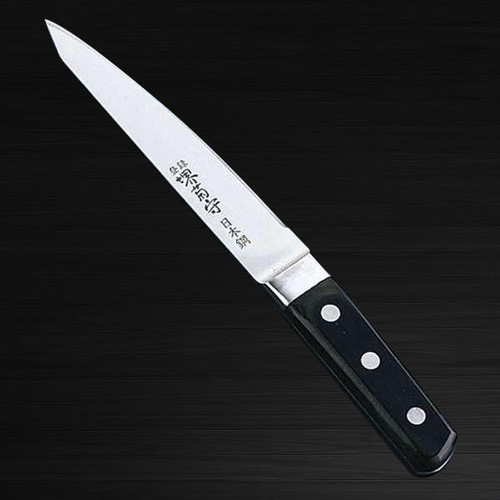
-

-
On Sale
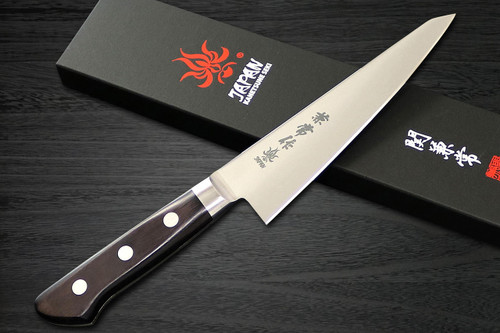
-
On Sale
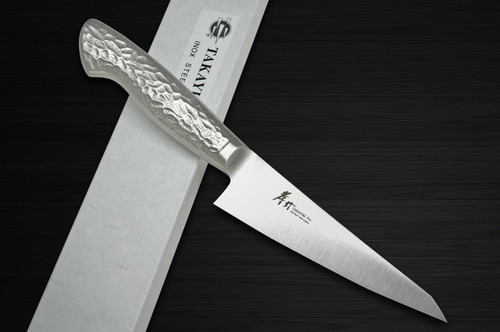
-
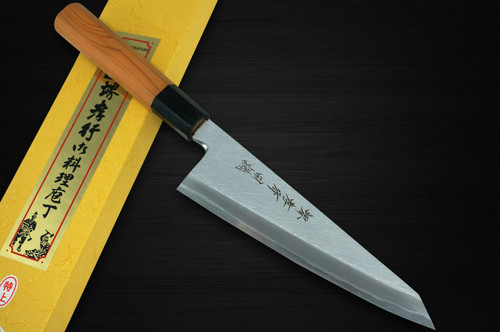
-
On Sale

-
On Sale
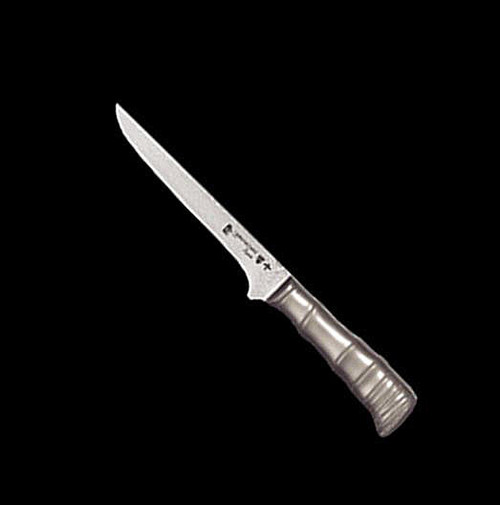
-
On Sale

-
On Sale
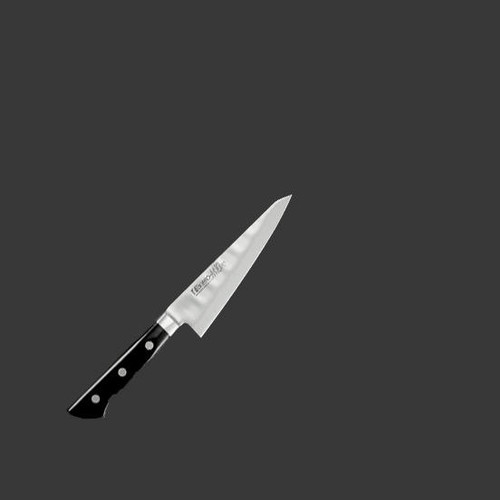
-
On Sale

-
On Sale

-
On Sale
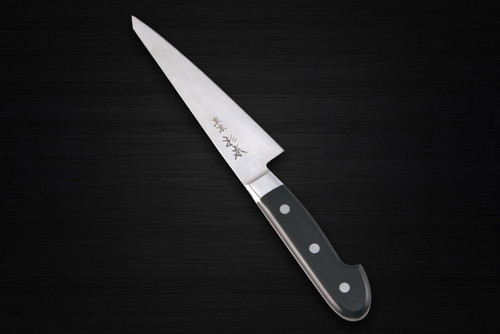
-
On Sale

-
On Sale

-
On Sale

-
On Sale
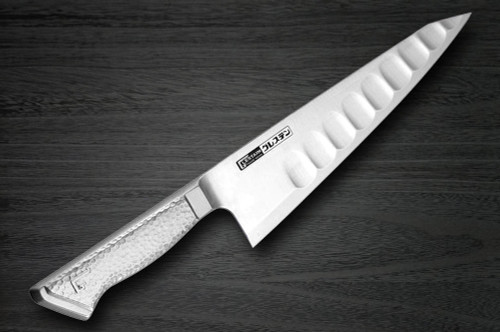
-
On Sale
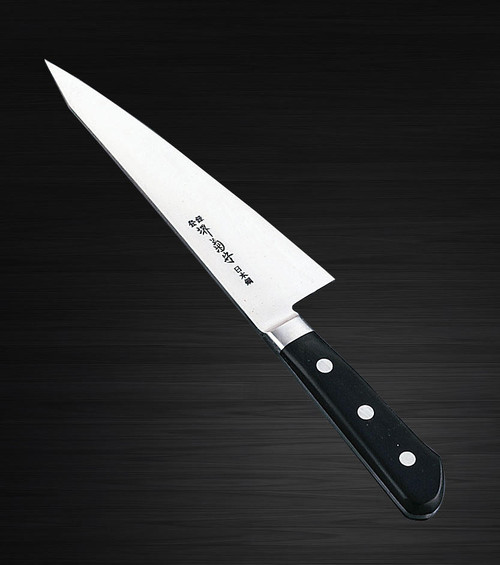
-
On Sale

-
On Sale

-
On Sale

What is a boning knife? How to choose one and 3 recommended picks explained
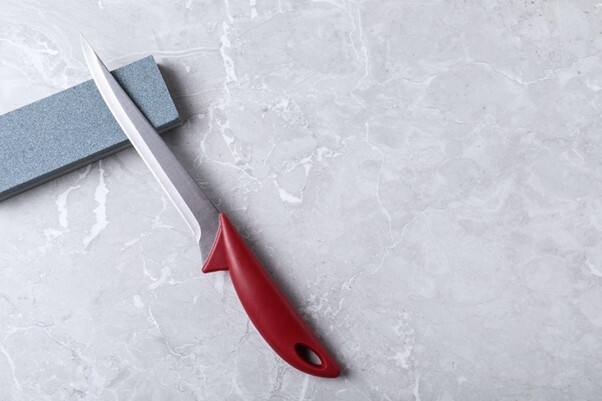
"How do I choose a boning knife?"
"It's so hard to remove skillfully fish bones..."
Do you have these concerns?
A boning knife helps you precisely handle the areas around bones in fish and meat. Choosing the right knife lets you remove meat efficiently without waste, significantly your dish's finish.
Therefore, this article explains how to use, choose, and recommends boning knives for those considering purchasing one. Please read to the end for reference in selecting knives and improving your cooking skills.
How to Use and Applications of a Boning Knife
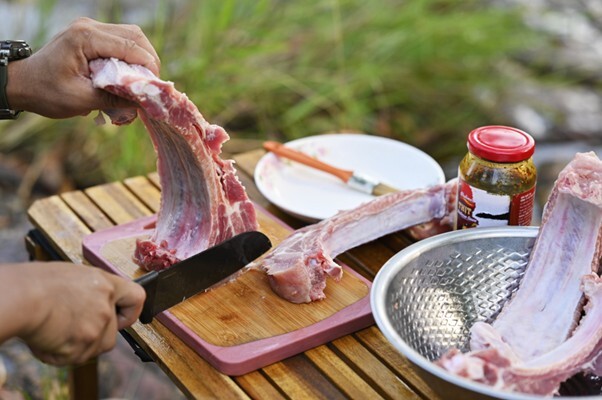
A boning knife is a specialized knife designed to remove bones from fish and meat.
This section explains its usage, applications, and important considerations.
What is a Boning Knife?
A boning knife is a "knife specifically designed for separating bones from meat." Its blade is narrower than a standard kitchen knife, with a sharply pointed tip. This shape allows the blade to easily slip into tight spaces around bones. Tasks too difficult for a thicker deba knife, like delicate work, become simple with a boning knife.
It makes tedious tasks around bones, like filleting horse mackerel or deboning chicken wings, significantly easier. It's an essential item not only for professional chefs but also for anyone preparing fish at home.
Basic Usage
The key to using a boning knife is to "glide it along the bone."
First, firmly secure the fish or meat and locate the bone by feeling it with your fingers. Once the blade is against the bone, move it back and forth in small, quick motions without applying force. The idea is to glide smoothly using the blade's sharpness, not to forcefully push through.
For fish, follow the backbone; for chicken, target the joint seams. With practice, you'll learn to control the tip of the blade to follow the bone's shape.
Important Precautions
The most crucial point with a boning knife is "Be extremely careful not to cut yourself because it is incredibly sharp."
It is many times sharper than a regular knife, especially the tip, which is needle-sharp. Even a slight slip can cause a deep cut. Always check the sharpness before use, and sharpen it immediately if it becomes dull.
After use, wipe it completely dry before storing. Rust not only dulls the blade but also risks transferring rust to food.
Types of Boning Knives
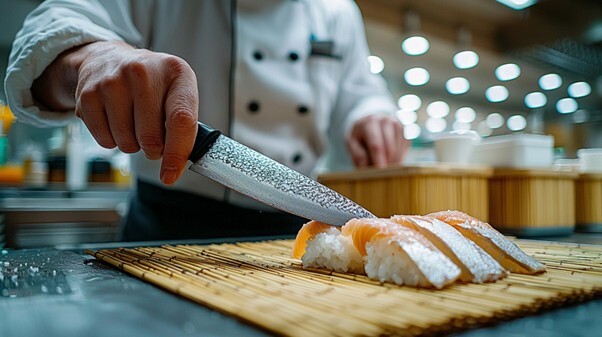
Bone-skinning knives come in several varieties based on blade shape and design. Each has distinct characteristics and uses, making selection crucial.
- Straight Type
- Curved Type
- Round Boning Knife
- Square-shaped boning knife
- Japanese-Style Boning Knife
- Western-style boning knife
Let's take a closer look at the features of each type.
Straight Type
The straight type is the most basic boning knife with a straight blade.
With no curve in the blade, it excels at making straight cuts along the fish's backbone. It's easy for beginners to handle, and the blade movement is predictable. It handles a wide range of fish, from medium-sized fish like horse mackerel and mackerel to smaller fish, making it the recommended type for your first purchase at home.
Curved Type
The curved type is a specialized boning knife with a curved blade.
Its gently curved blade fits the rounded shape of fish and the joints of poultry. It is more challenging to handle than the straight type and is suited for professionals or advanced users. However, when used correctly, it can deliver more efficient and aesthetically pleasing results.
Round Boning Knife
The round boning knife is a safety-focused type with a rounded tip.
The tip is not sharp , reducing the risk of accidental stabbing. It is less likely to damage the belly or soft parts of fish, making it recommended for home use and beginners in cooking. While it is somewhat less suited for detailed work, it offers sufficient performance for everyday fish preparation.
Square Boning Knife
The square boning knife features a sharp tip, making it ideal for precise work.
Its sharply pointed tip allows precise insertion into small gaps between fish bones or deep into chicken joints. Often favored by professional chefs, it requires skill and experience, but delivers exceptional results.
Japanese-Style Boning Knife
The Japanese-style boning knife is a bone-skinning knife crafted using traditional Japanese techniques.
It features a single-edged structure with versions for right-handed and left-handed users. Made from steel utilizing Japanese sword-making techniques, it boasts exceptionally sharp cutting performance. While it requires skill for re-sharpening and thus demands more maintenance effort, it is ideal for authentic Japanese cuisine preparation.
Western-style boning knife
The Western-style boning knife is a bone-skinning knife designed specifically for Western cuisine.
Its double-edged construction suits both right- and left-handed users. Most are made of stainless steel, making them rust-resistant and easy to maintain. They excel at handling meat and are often designed with ease of use in the home in mind, making them easy for beginners to handle.
How to Choose a Boning Knife
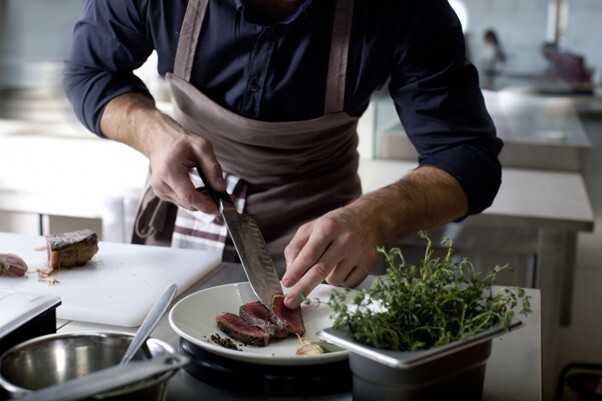
When selecting a boning knife, it's important to match it to your intended use and skill level. There are five key points for choosing the right one.
- Criteria for Beginners
- Choose by Application (Fish, Meat, Poultry)
- Choose by Blade Shape, Length, and Hardness
- Choose by Price Range and Brand
- Choose based on material and ease of maintenance
Let's explain each in detail.
Criteria for Beginners
When choosing a boning knife as a beginner, prioritize safety and ease of use.
First, choose a knife with a rounded tip. Sharp tips carry a higher risk of injury and are dangerous until you become accustomed to handling them. A blade length of approximately 13–15 cm is ideal; select one suited to your hand size. A knife that's too heavy will tire your hand quickly, while one that's too light may lack sufficient cutting power.
Stainless steel double-edged knives are recommended. They resist rust, are easy to maintain, and can be used by either hand. Starting with mid-range models priced around ¥3,000 to ¥8,000 offers a good balance of quality and price.
Choosing by Purpose (Fish, Meat, Poultry)
The optimal type of boning knife varies depending on the ingredient being prepared.
For fish, a slender, flexible blade is ideal. For filleting mackerel or horse mackerel, a 14-16cm blade length is easy to handle; choose one with a thinner blade. For meat, a sturdy, thicker blade is needed, and a longer size of 15-18cm is suitable.
For poultry, a sharp-tipped type that can penetrate joints is effective. If handling multiple types of ingredients, a versatile straight-bladed medium size is a safe choice.
Selecting by Blade Shape, Length, and Hardness
Blade characteristics directly impact work efficiency, so careful selection is essential.
The straight blade shape offers the highest versatility, suitable for beginners to advanced users. Aim for a length around 1.5 times the size of your palm, choosing from the 13–18 cm range. A hardness of HRC 58–62 is ideal, offering an excellent balance of sharpness and durability within this range.
Flexibility is also crucial. A blade flexible enough to bend along fish bones ensures smoother work.
Choosing by Price Range and Brand
Choosing a boning knife based on price range depends on your intended use and budget.
For home use, products with sufficient performance can be found for around USD50 to 100. Popular brands include Fujijiro, Global, and Henckels, which offer quality assurance and comprehensive after-sales service. If you seek professional-grade quality, premium knives priced above USD150 are worth considering.
When selecting a brand, also consider the country of manufacture. Japanese-made knives tend to prioritize sharpness, while German-made ones emphasize durability.
Choosing Based on Material and Ease of Maintenance
Material selection is a crucial factor for long-term use.
Stainless steel is rust-resistant and easy to maintain, making it ideal for beginners. Carbon steel offers excellent sharpness but requires regular maintenance due to its susceptibility to rust. Ceramic knives are lightweight and razor-sharp, but they chip easily and are difficult to resharpen.
If ease of maintenance is your priority, choose dishwasher-safe stainless steel. However, if you seek the ultimate sharpness, carbon steel is ideal, even if it requires a bit more effort.
Popular Boning Knife Models

Popular boning knives often strike a balance between performance and price. Here are three representative models favored by many professional chefs and home cooks.
Each has distinct characteristics, allowing you to choose based on your intended use and budget.
Fujijiro DP 3-Layer VG10 Boning Knife 150mm
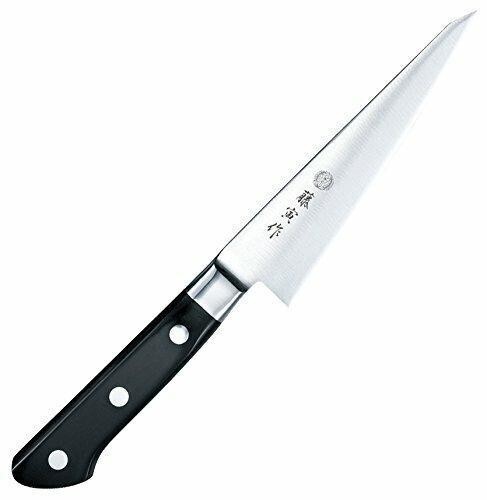
Fujijiro's DP series is a staple line widely favored for both home and professional use. It features a 3-layer construction: a high-quality VG10 stainless steel core sandwiched between softer stainless steel layers. It combines sharp cutting performance, ease of sharpening, and rust resistance, offering excellent handling. The black stamina wood handle fits comfortably in the hand, allowing for comfortable work even in limited kitchen spaces. This model is also recommended as a first boning knife.
【Recommended for】
- Intermediate cooks trying a boning knife for the first time
- Home cooks who want to handle both fish and meat
- Those prioritizing both sharpness and ease of maintenance
▶ Product Page: HOCHO KNIFE|Fujijiro (Fujitora) DP 3-Layer VG10 Boning Knife (J) 150mm
Tamahagane Kyoto 63-Layer Damascus Boning Knife 160mm
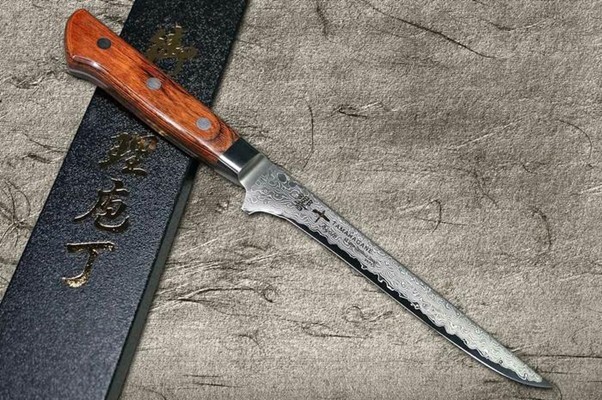
The Tamahagane Kyoto 63-Layer Damascus Boning Knife is a premium model featuring a beautiful wave pattern.
Its multi-layered construction, with VG5 high-carbon steel as the core, delivers sharp cutting performance and high durability. The 14-15 degree acute bevel angle makes it suitable for professional use, while the anti-corrosion treated wooden handle offers a comfortable grip and excellent balance. A masterpiece for advanced users, combining performance and beauty.
Recommended for:
- Advanced users seeking beauty and precision in cooking
- Those who want professional-level sharpness at home
- Those who value aesthetics and materials
▶ Product Page: HOCHO KNIFE|Tamahagane Kyoto 63-Layer Damascus Steel Wood Handle Japanese Chef's Knife Boning Knife 160mm
Sakai Takayuki Aoniko Boning Knife 150mm
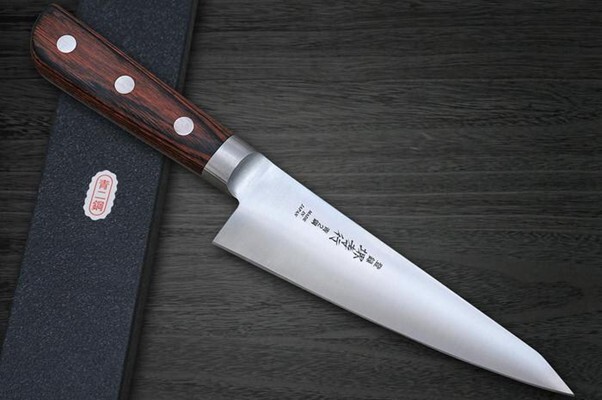
Sakai Takayuki's Aogami Steel Boning Knife is a premium product for those seeking authentic cutting performance.
Its monosteel construction using Aogami No. 2 steel makes it exceptionally hard with outstanding wear resistance. Sharpening it reveals artisan-level sharpness, and the mahogany handle boasts a premium finish. This model is ideal for those ready to move beyond stainless steel knives.
Recommended for:
- Experienced users familiar with carbon steel knives
- Those who enjoy sharpening and maintenance
- >Cooking enthusiasts who prioritize "authentic sharpness"
▶ Product Page: HOCHO KNIFE|Sakai Takayuki Aogami No.2 Steel Boning Knife 150mm
A knife often compared to boning knives
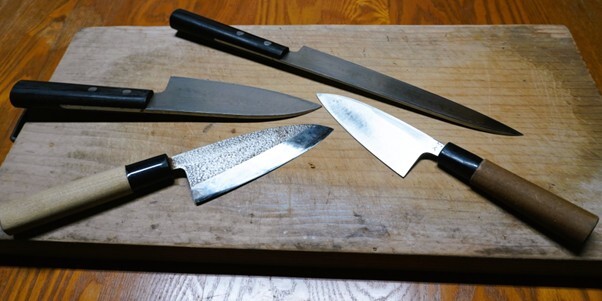
When selecting a boning knife, understanding its differences from other knives is crucial. There are three knives it is most commonly compared to.
- Comparison with Deba Knife
- Comparison with a Petty Knife
- Comparison with Fillet Knives
We'll organize the characteristics of each in a table and explain them to help you make the right choice.
| Types of Knives | Blade Characteristics | Primary Uses | Ease of Handling | Price Range |
|---|---|---|---|---|
| Boning Knife | Slim with a sharp tip | Precision work around bones | Somewhat difficult | USD50 and the above |
| Deba Knife | Thick and heavy | Fish head removal and filleting | Average | USD70 and the above |
| Petty knife | Small and lightweight | Fine peeling and decorative cutting | Easy | USD40 and the above |
Comparison with Deba Knife
A deba knife is used for roughly filleting fish, while a boning knife specializes in detailed work around bones. After filleting with a deba knife, the boning knife comes into play to remove flesh left on the bones. Owning both significantly improves efficiency in fish preparation.
Comparison with a Petty Knife
A paring knife is primarily used for peeling vegetables and fruits and lacks the bone-cutting capability of a boning knife. For work around bones, the boning knife is vastly superior, and their uses are clearly distinct.
Comparison with a Fillet Knife
A fillet knife is specifically designed for removing fish flesh and is more flexible than a boning knife. While a fillet knife is advantageous for filleting large fish, a boning knife is better suited for precise work around bones and for handling meat. Choosing based on the type of ingredient being prepared is wise.



